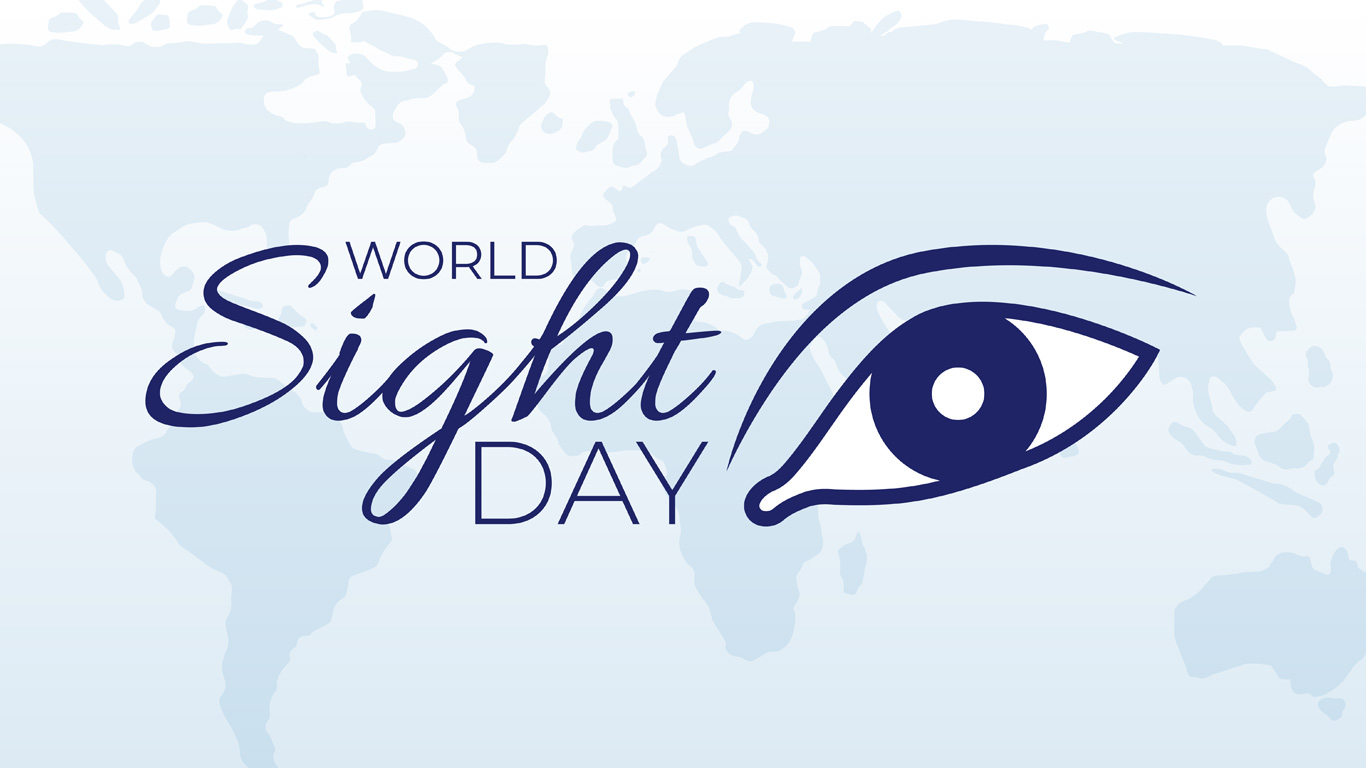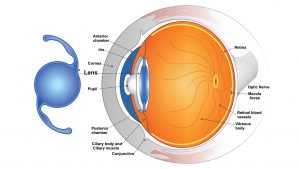
WORDS LIM TECK CHOON
 FEATURED EXPERT FEATURED EXPERTDR CHEONG FOOK MENG Consultant Ophthalmologist Gleneagles Hospital Kuala Lumpur |
CONCERNING CATARACT
Dr Cheong Fook Meng shares that it is normal to develop cataracts as you age.
However, this condition can also be caused by eye injuries as well as certain diseases or medications.
As one’s cataract progresses, the lens in their eyes gradually become hard and cloudy, allowing less light to pass through. This leads to diminished vision and even complete blindness in severe cases.
ABOUT PRESBYOPIA
“Presbyopia is another condition that occurs naturally as a person ages; your eyes gradually lose the ability to focus on nearby objects,” says Dr Cheong.
With presbyopia, the lens inside the eye progressively loses its flexibility, making it harder for the affected eye to focus the light reflected from objects.
A common sign that someone may have developed this condition is having to hold reading materials at arm’s length to make out what they are reading.
BOTH CAN BE TREATED WITH SURGERY & IMPLANTATION OF INTRAOCULAR LENS
“This surgical treatment allows the removal of the eye’s cloudy natural lens and replacing it with an intraocular lens,” explains Dr Cheong.
The intraocular lens is clear, made to fit one’s eye shape and personalised according to the patient’s condition and needs.

TYPES OF INTRAOCULAR LENS AVAILABLE IN MALAYSIA
- Monofocal lenses correct a single range of vision, usually to see distant objects. Additional issues will need to be fixed through other means.
- Toric lenses are suitable for patients who also have astigmatism but, similar to monofocal lenses, they restore vision for only one area of focus.
- Multifocal lenses are designed to provide clear vision for distant and near vision.
GOING FURTHER WITH EXTENDED DEPTH-OF-FOCUS INTRAOCULAR LENS
Extended depth-of-focus intraocular lens delivers an enhanced range of vision with a reduced frequency of glares and halos, regardless of the lighting conditions.
During the day or when driving at night, these lenses deliver great vision and clarity.
For presbyopia
Extended depth-of-focus intraocular lens can be used to correct presbyopia, by creating a single elongated focal point to enhance one’s range of distance for which their eye can see an object clearly.
For cataract
While all lenses can fix cataracts, extended depth-of-focus intraocular lens may improve one’s quality of life.
They provide distant, intermediate (at arm’s length, such as for reading a newspaper or working on a laptop) and functional near vision (up close, such as for reading books and mobile phone screen), with minimum visual disturbances.
They may even decrease a patient’s need to wear glasses after their cataracts have been removed.





